NATO has confirmed that a French Rafale fighter jet was scrambled from Poland in the first operational response under Eastern Sentry, the Alliance’s new posture along its eastern flank.
According to Supreme Allied Commander Europe, Gen. Alexus Grynkewich, the intercept was triggered by a potential threat from Russian drones.
A Polish helicopter also took part. “The response was fast, and the alert was over quickly,” Grynkewich said, adding that the limited scale of the action was “correct and calibrated to the potential threat perceived, which speaks to the utility of Eastern Sentry.”
Poland’s operational command later stated that no actual violation of airspace occurred during the incident. However, the response came just days after confirmed incursions on 10 September, when Russian uncrewed systems crossed into Polish territory in what Warsaw described as the most serious breach since Russia’s full-scale invasion of Ukraine. Those events prompted Poland to trigger NATO Article 4 consultations, which in turn accelerated the launch of Eastern Sentry.
On the same day as the Rafale scramble, Romania reported that it had intercepted a Russian drone that entered its airspace, underlining the pressure on NATO’s eastern members.
Additional forces are now being positioned under Eastern Sentry. Four German Eurofighters have deployed to a base in northeastern Germany, while Czechia has sent three helicopters to Poland. Denmark has pledged fighter jets and an anti-air warfare frigate. Spain and the UK are expected to announce contributions shortly, and Italy and Sweden have signalled their intent to join.
Grynkewich commended the pace of Allied reinforcement: “I commend Allies for providing these additional capabilities.”
Eastern Sentry is designed as a visible and rapid-reaction layer of NATO’s collective air defence, aimed at deterring further Russian incursions while demonstrating the Alliance’s ability to shield its members on short notice.
The scramble marks an early test of the new posture, less than 24 hours after it was unveiled, and illustrates the heightened risks along NATO’s eastern flank as drone activity intensifies.



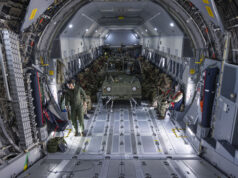
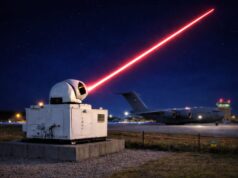
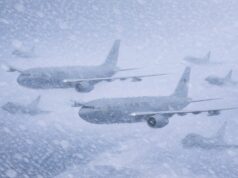
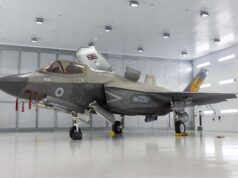
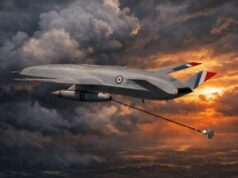
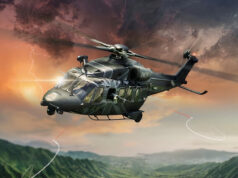
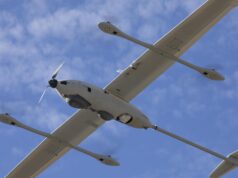
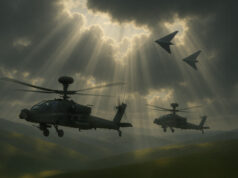
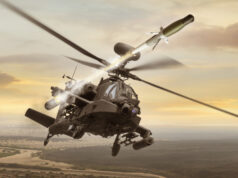


It’s beyond me why anyone would think French jets burning cash in Polish air space to shoot down cheap Iranians made drones flying in Poland woukd deter Russia.
This is exactly the kind of weak response Putin wants.
Let’s get NATO jets shooting down drones in Ukrainian air space, let’s grab every tanker leaving the Baltic and inspect its paperwork
that will deter him.
Oh go on then, after you ! 😁
It is more like theatre. I imagine – hope against hope – there is more going on out of sight.
That squadron can carry the asmp; not saying it deters russia but it gives substance to the polish/french treaty of may.
True question: some journalist on French tv Said there is a us officer in British subs. Always thought that was bs, can anyone tell?
It’s BS.
Interesting snippet; President Vladimir Putin’s longtime ally Dmitry Kozak has resigned as Kremlin deputy chief of staff. He opposed the war on Ukraine.
Maybe we are seeing the first cracks in home support for Putin.
Quote ‘UK are expected to announce contributions shortly’.
I thought the RAF commitment was announced on 15th Sept?
BBC have just announced an incursion of Estonian airspace by Russian warplanes, as much as provocation to UK as Estonia methinks.
Time for an even stronger letter and cries of indignation! Or perhaps affirmative action? Maybe not.
Three Mig-31s violated Estonia airspace and approached Tallin. Chased away by Italian F35s.
Being reported by Politico
Should have shot them down, the Russians don’t have enough planes to loose these days and they can’t make new Mig31’s. We could easily shoot down his planes over NATO air space and there is nothing he can do about it.
Europe just looks weak now.
This was a carefully planned escalation and NATO blew it.
Jim. Whilst I agree about pushing back against Russia the law is as follows
1) intercept and identify
2) challenge and tell them to leave
3) if challenge and order to leave not followed then
4) shot them down
Agree Russia cannot afford to lose 3 Mig 31s from their air force but conversely the RAF isn’t exactly swarming with hundreds of jets. Our armed forces are in a terrible state.